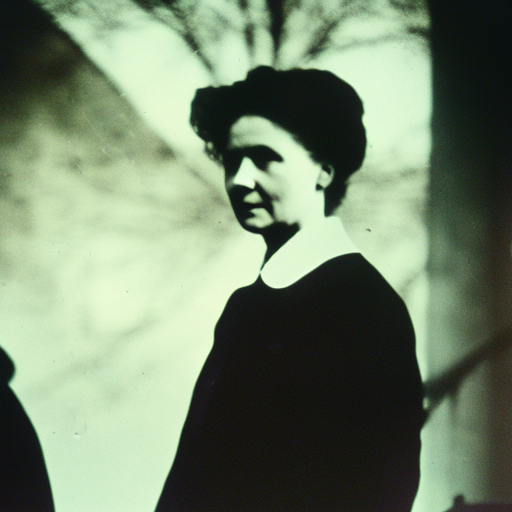Summary:
Marie Curie was a Polish-born physicist and chemist who made groundbreaking contributions to the field of radioactivity. She was the first woman to win a Nobel Prize and the only person to win Nobel Prizes in two different scientific fields. Curie’s research and discoveries laid the foundation for modern nuclear physics and greatly influenced the development of medical treatments for cancer.
Early Life and Education:
Marie Curie, born Maria Skłodowska, was born on November 7, 1867, in Warsaw, Poland. She grew up in a family that valued education and encouraged her intellectual pursuits. Despite facing financial difficulties, Curie managed to excel in her studies and graduated at the top of her class from high school.
In 1891, Curie moved to Paris to continue her education at the Sorbonne. She faced numerous challenges as a woman in a male-dominated field but persevered and earned degrees in physics and mathematics. During her studies, she met Pierre Curie, a fellow scientist whom she would later marry.
Contributions to Radioactivity:
Marie Curie’s most significant contributions came in the field of radioactivity. In 1898, she discovered two new elements, polonium and radium, which she named after her native Poland and the Latin word for “ray.” This discovery challenged the prevailing understanding of atomic structure and led to the development of a new branch of science.
Curie’s research on radioactivity revolutionized the field of physics. She developed techniques to measure radioactivity accurately and established the concept of half-life, which is still widely used today. Her work also led to the development of radiation therapy for cancer treatment.
Nobel Prizes and Legacy:
In 1903, Marie Curie became the first woman to win a Nobel Prize when she, along with Pierre Curie and Henri Becquerel, was awarded the Nobel Prize in Physics for their research on radioactivity. In 1911, she received her second Nobel Prize, this time in Chemistry, for her discovery of radium and polonium.
Curie’s groundbreaking achievements made her an inspiration for future generations of scientists, particularly women. She paved the way for women in science and shattered gender barriers in academia. Curie’s work continues to have a lasting impact on the fields of physics, chemistry, and medicine.
Later Life and Legacy:
Tragically, Marie Curie’s work with radioactive materials took a toll on her health. She suffered from radiation-related illnesses and ultimately died on July 4, 1934, in France. Despite her untimely death, her legacy lives on.
Marie Curie’s contributions to science and her groundbreaking discoveries in radioactivity continue to shape our understanding of the physical world. Her determination, perseverance, and passion for knowledge serve as an inspiration to aspiring scientists worldwide. Curie’s impact on the fields of physics, chemistry, and medicine cannot be overstated, and she remains an iconic figure in the history of science.












